Articles Archives
Rupture Disks for Process Engineers - Part 2
Nov 08 2010 01:30 PM |
pleckner
in Safety and Pressure Relief
Part 1 of this series on rupture disks for Process Engineers covered why you use a rupture disk and when you might want to use this device. This part will discuss how to size the rupture disk. Subsequent parts will include how to set the burst pressure...
Article Images:
Read story →
0 comments





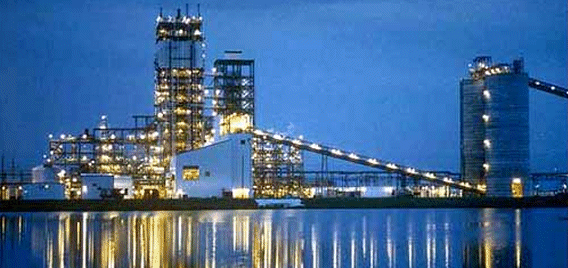
Ammonia: The Next Step
Nov 08 2010 01:20 PM |
Guest
in Process and Reactions
Steam reforming of hydrocarbons for ammonia production was introduced in 1930. Since then, the technology has experienced revolutionary changes in its energy consumption patterns. Ranging from an early level of 20 Gcal/tonne (79.4 MBtu/tonne) to about...
Article Images:
Read story →
0 comments





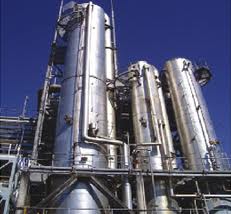
Extractive Distillation: An In-Depth Look
Nov 08 2010 01:40 PM |
Chris Haslego
in Separation Technology
Distillation is the most widely used separation technique in the chemical and petroleum industry. However, not all liquid mixture are amenable to ordinary fractional distillation. When the components of the system have low relative volatilities (1.00...
Article Images:
Read story →
3 comments





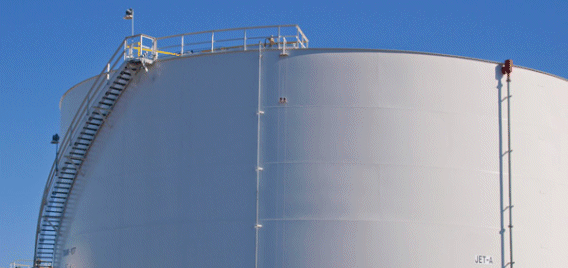
Tank Blanketing Basics Covered
Nov 08 2010 01:40 PM |
proinwv
in Safety and Pressure Relief
Tank blanketing, or padding, refers to applying a cover of gas over the surface of a stores commodity; usually a liquid. Its purpose is either to protect or contain the stored product or prevent it from harming personnel, equipment, or the environment....
Article Images:
Read story →
2 comments





Solving Integral Equations in MS Excel
Nov 08 2010 01:10 PM |
Steve Hall
in Calculations and Tips
TankVolume, as it appears in the online store, calculates the liquid volume of partially filled tanks, horizontal or vertical, with various types of heads. One of these, the torispherical head, requires that integral equations be solved. This artic...
Article Images:
Read story →
2 comments





Basics of Injection Molding
Nov 08 2010 01:30 PM |
Chris Haslego
in Bulk Solids
Making polymers is a fantastic science.  Then there is the matter of shaping the plastic into useful objects....another fantastic science. One of the most common methods of shaping plastic resins is a process called injection molding. Injection m...
Article Images:
Read story →
1 comments





Rupture Disks for Process Engineers - Part 1
Nov 08 2010 01:30 PM |
pleckner
in Safety and Pressure Relief
This is a real story. A rupture disk manufacturer presented a seminar to a group consisting of junior and more senior level process design engineers (yours truly included) with a few instrument engineers thrown in. After about an hour of hearing terms...
Article Images:
Read story →
1 comments





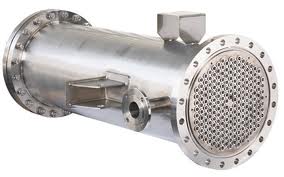
Heat Exchanger Effectiveness
Nov 08 2010 01:40 PM |
Chris Haslego
in Heat Transfer
Calculating heat exchanger effectiveness allows engineers to predict how a given heat exchanger will perform a new job. Essentially, it helps engineers predict the stream outlet temperatures without a trial-and-error solution that would otherwise be ne...
Article Images:
Read story →
0 comments





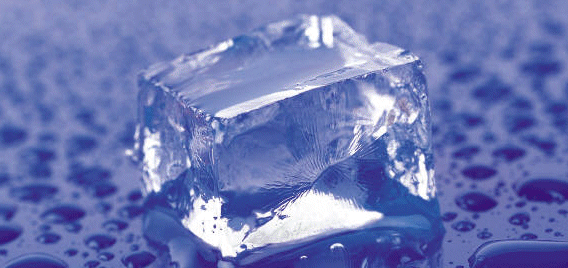
Estimating Heat Capacities for Solutions with D...
Nov 08 2010 01:40 PM |
Chris Haslego
in Calculations and Tips
Often times it is necessary to find the heat capacity for solutions with dissolved solids. A quick estimation method was proposed by Dimoplon in 1972. The proposed expression is:Cp(soln) = W1 Cp(solid) + W2 Cp(water)Eq. (1)where:Cp(soln) = Heat capacit...
Article Images:
Read story →
1 comments





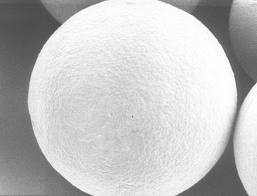
Basics of Polystyrene Production
Nov 08 2010 01:40 PM |
Chris Haslego
in Process and Reactions
Polystyrene is a widely used polymer. After production of the monomer, from one of a few processes, the monomer proceeds to further processing to form polystyrene. Styrene Monomer ProductionThe energy needed for the reaction is supplied by superheate...
Article Images:
Read story →
3 comments





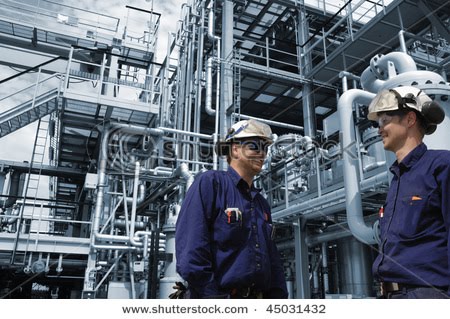
Why Become a Chemical Engineer?
May 30 2012 06:50 PM |
Chris Haslego
in For Students
How about a career where the opportunities are endless? Trying not to sound like an advertisement, I'd like to describe some of the more common careers pursued with a Chemical Engineering degree. Firstly, if you're considering studying Chemical Engineering, but you're a little timid because of the horror stories that you hear, you actually may want to think about it some more!
Article Images:
Read story →
3 comments





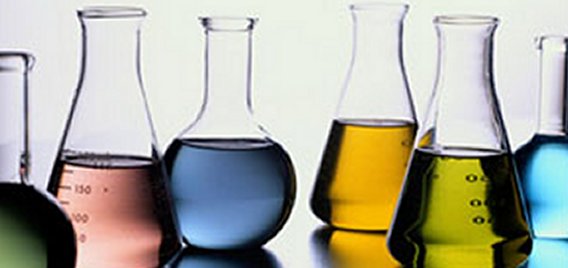
Physical Properties on the Internet
Jun 16 2011 09:50 PM |
Chris Haslego
in Physical Properties
Finding physical properties on the internet can lead to an interesting journey. Here, we've compiled a list of some of the best sites that we've found over the years. Thermodynamic and Transport Properties of Water and SteamDr. Bernhard Spang presents...
Article Images:
Read story →
0 comments





Sizing of Packed Towers in Acid Plants
Dec 13 2010 10:20 AM |
Guest
in Separation Technology
Packed towers are key components in sulfuric acid plants. Drying of the sulfur furnace air is necessary to avoid acid condensation and corrosion in downstream equipment and to minimize mist formation. Absorption of SO3 in the Interpass and Final Towers...
Article Images:
Read story →
0 comments





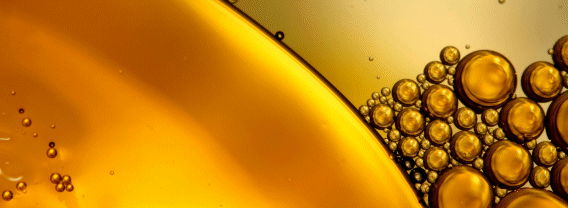
Optimize Liquid-Liquid Extraction
Nov 08 2010 12:40 PM |
Madhavan
in Separation Technology
Liquid-Liquid extractors are often a neglected part of process plants because they are not well understood and generally form only a small part of the overall process scheme. Often, significant savings in operating costs can be achieved by fine-tuning...
Article Images:
Read story →
1 comments





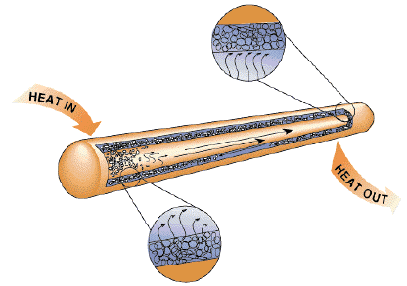
What is a Heat Pipe?
Nov 08 2010 01:20 PM |
Chris Haslego
in Other Topics
A heat pipe is a simple device that can quickly transfer heat from one point to another. They are often referred to as the "superconductors" of heat as they possess an extra ordinary heat transfer capacity and rate with almost no heat loss. The idea of...
Article Images:
Read story →
0 comments






Flow Through Orifice Plates in Compressible Flu...
Nov 08 2010 01:40 PM |
dkirk
in Safety and Pressure Relief
The calculation of compressible flow through orifice plates at high dP (critical flow) appears to be carried out incorrectly in most instances. This flow condition is often encountered on gas plants, compressor stations and pipelines where orifice plat...
Article Images:
Read story →
0 comments





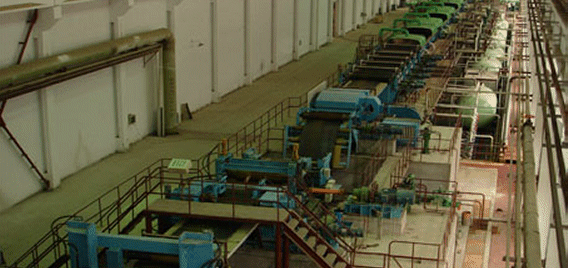
Fume Control and Scrubbing on Hydrochloric Acid...
Nov 08 2010 01:20 PM |
Chris Haslego
in Process and Reactions
New standards for hydrochloric acid emissions are expected to be proposed by the EPA soon, and these will affect the design of scrubbers for pickle line fume exhaust systems. This paper discusses hydrochloric acid fume scrubbing, with particular refere...
Article Images:
Read story →
0 comments





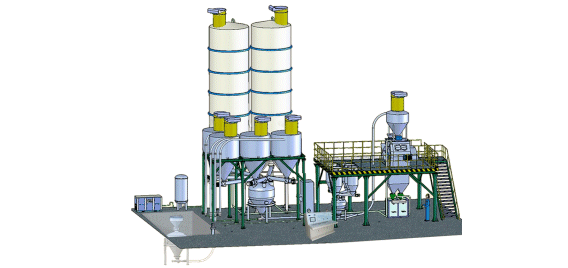
Pneumatic Conveying Design
Nov 08 2010 01:00 PM |
Chris Haslego
in Bulk Solids
One of the most popular methods of moving solids in the chemical industry is pneumatic conveying. Pneumatic conveying refers to the moving of solids suspended in or forced by a gas stream through horizontal and/or vertical pipes. Pneumatic conveying ca...
Article Images:
[attachment=5123:IPC]
Read story →
0 comments





Relief Valves: "What Can Go Wrong" Scen...
Nov 08 2010 01:30 PM |
pleckner
in Safety and Pressure Relief
What can go wrong in a chemical facility? Plenty! A report in the August 2000 issue of CEP1 shows that operator error or poor maintenance was the leading of cause of accidents for unfired pressure vessels eight years running. The ProblemAccidents not o...
Article Images:
Read story →
0 comments





Rupture Disks for Process Engineers - Part 3
Nov 08 2010 01:30 PM |
pleckner
in Safety and Pressure Relief
Part 1 of this series on rupture disks for Process Engineers covered why you use a rupture disk and when you might want to use this device. Part 2 discussed how to size the rupture disk. In this part, I will cover how to set the burst pressure. Subsequ...
Article Images:
Read story →
0 comments






Statistical Process Control: Process and Qualit...
Jul 14 2012 06:50 PM |
Chris Haslego
in Process and Reactions
Statistical Process Control (SPC) provides a way to monitor chemical and other processes. We'll focus on continuous chemical processes and how the process and quality control departments utilize SPC. Process control engineers use SPC to monitor a process's stability, consistency and overall performance. Quality control engineers use SPC to see if the process is functioning within quality standards. In industry, these two departments work together to monitor a chemical process.
Article Images:
Read story →
3 comments





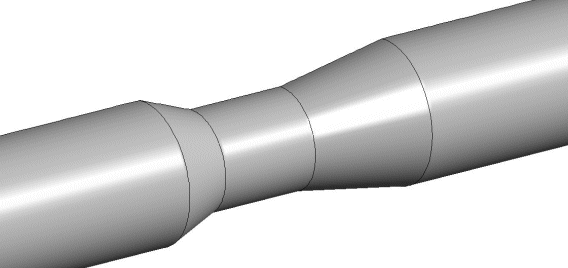
Understanding Compressible Flow
Nov 08 2010 01:40 PM |
rxnarang
in Fluid Flow
Understanding the flow of compressible fluids in pipes is necessary for a robust design of process plants. The main difference between incompressible fluid, like water, and compressible fluid, vapor, is the greater change in pressure and density. This...
Article Images:
Read story →
0 comments





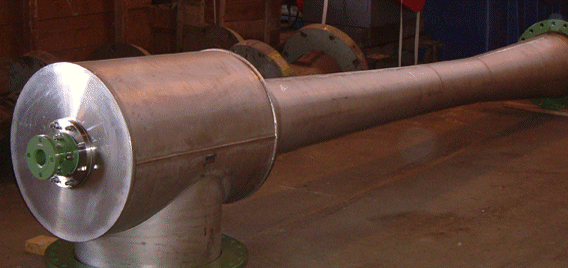
Keeping Ejectors Online
Nov 08 2010 01:30 PM |
Chris Haslego
in Utilities
Steam jet ejectors offer a simple, reliable means of producing vacuum, and have a low installed cost as well. They are commonly found in process plants having available steam. The vacuum produced is useful for many processes, including evaporation, coo...
Article Images:
Read story →
3 comments






Falling Film Evaporators in the Food Industry
Nov 08 2010 01:40 PM |
Chris Haslego
in Heat Transfer
That orange juice that you had this morning sure tasted good didn't it? Did you ever wonder how they get it concentrated into that little can? Chances are the manufacturers used a falling film evaporator. Falling film evaporators are especially p...
Article Images:
Read story →
4 comments





Basics of Leaching
Nov 08 2010 01:30 PM |
Chris Haslego
in Separation Technology
Simply put, leaching generally refers to the removal of a substance from a solid via a liquid extraction media. The desired component diffuses into the solvent from its natural solid form. Examples of leaching include the removal of sugar from suga...
Article Images:
Read story →
1 comments






 FB
FB